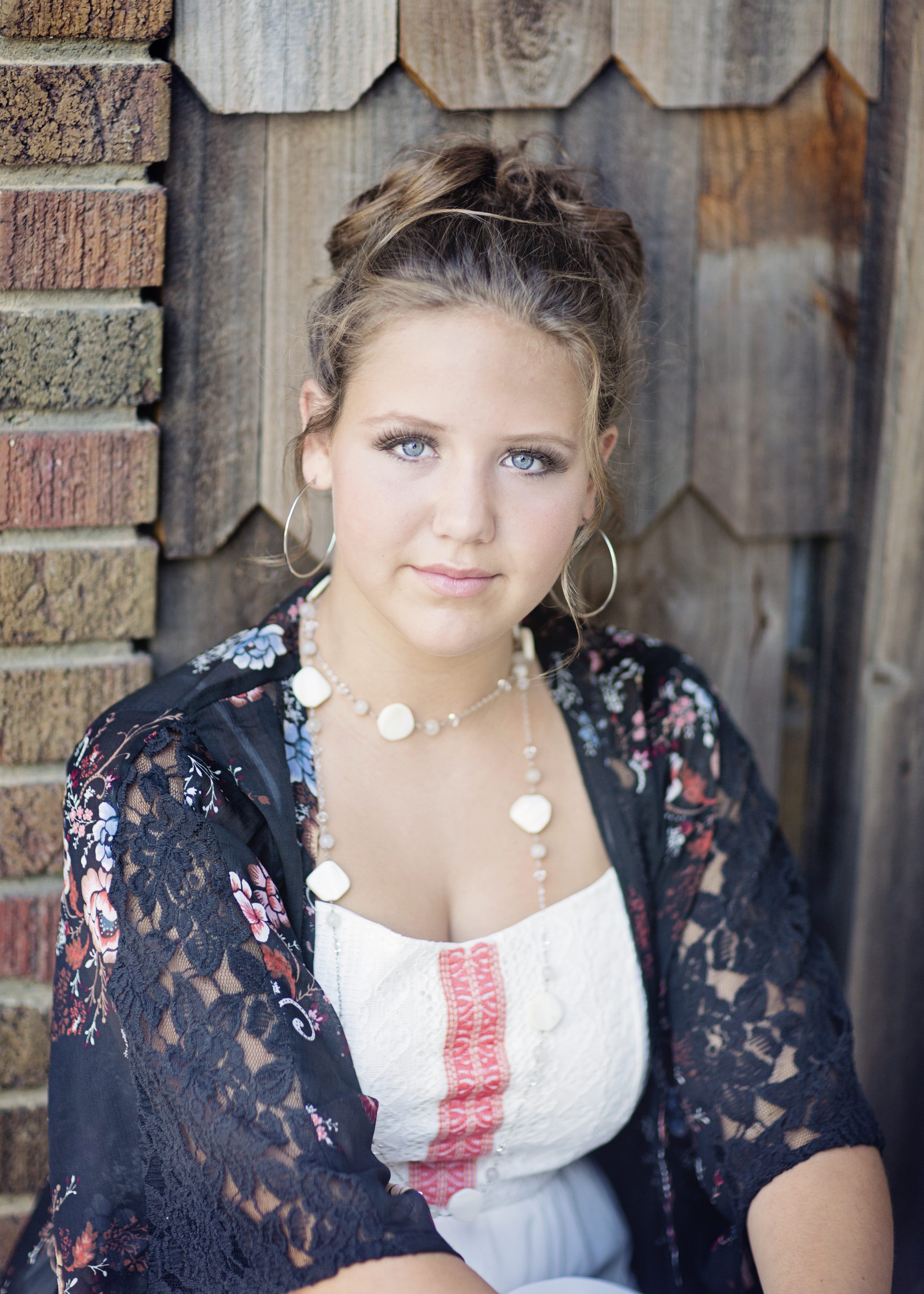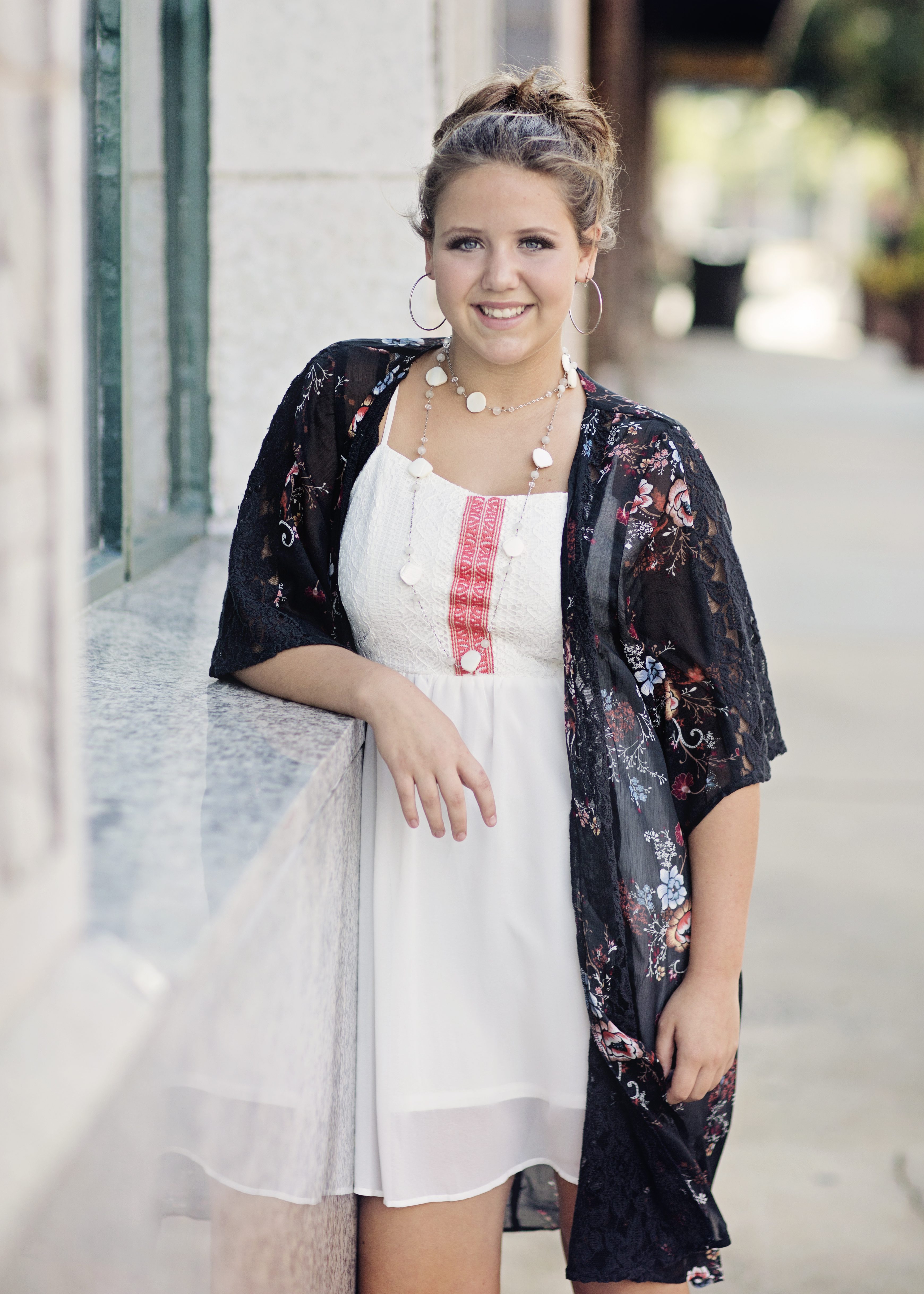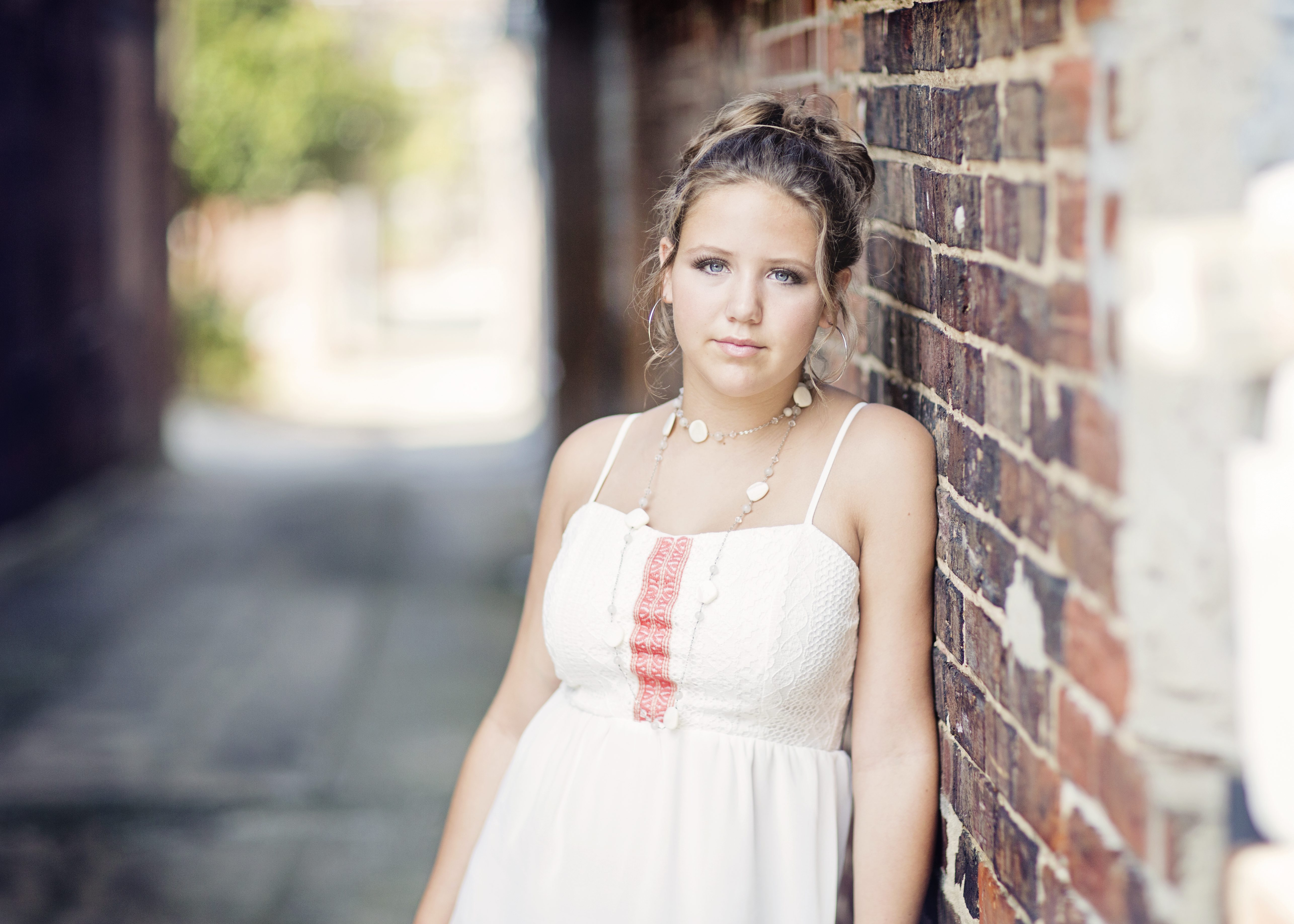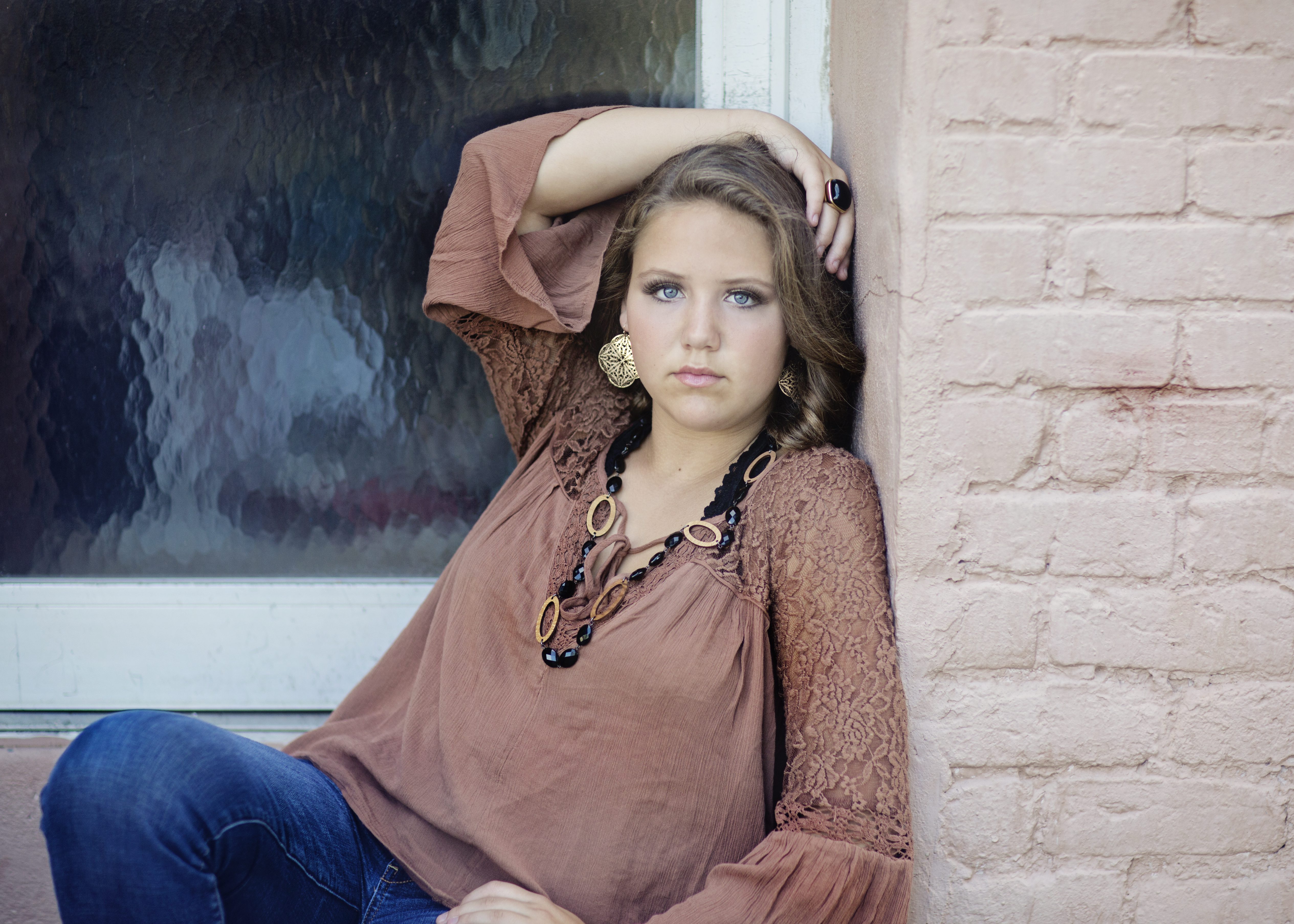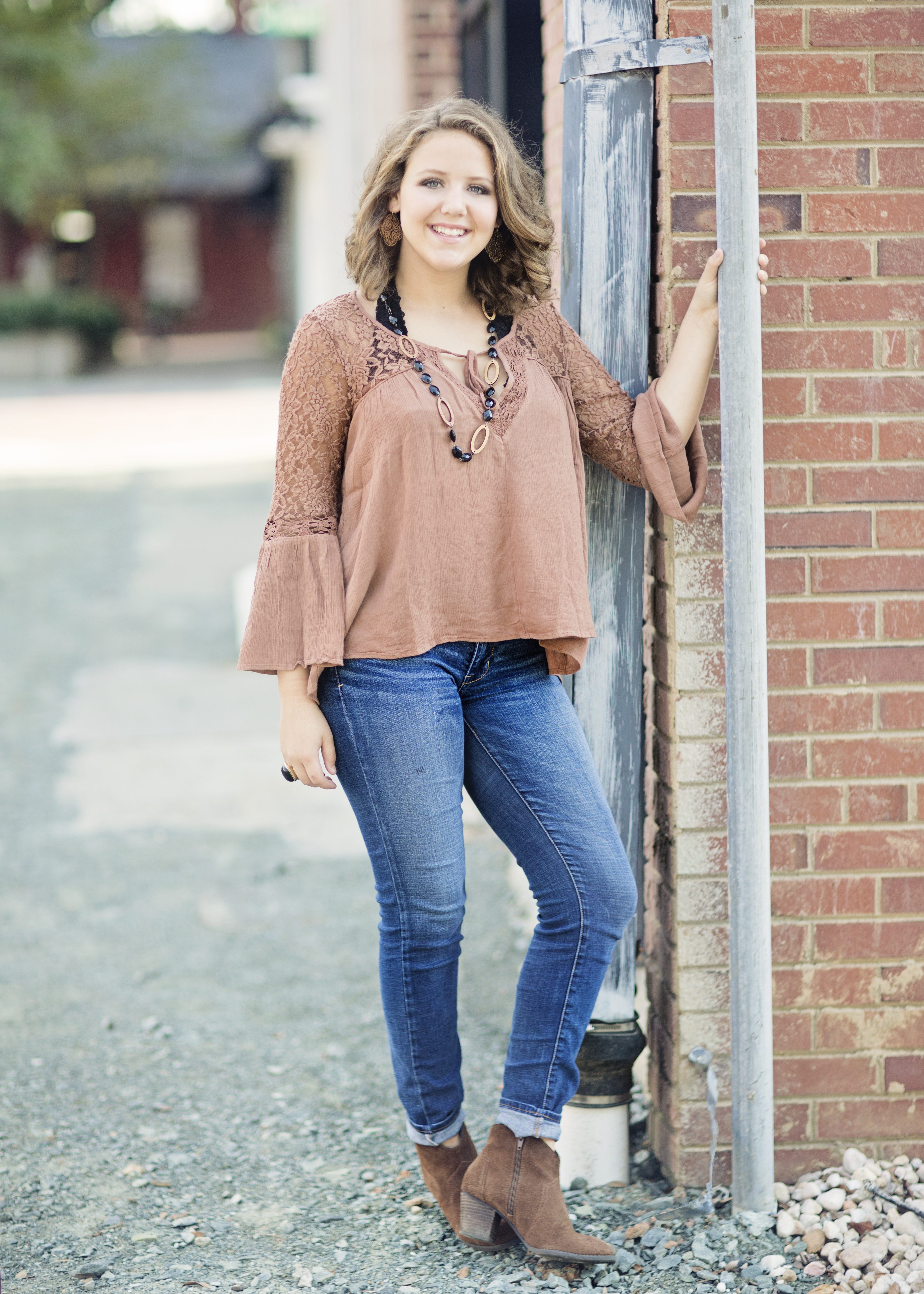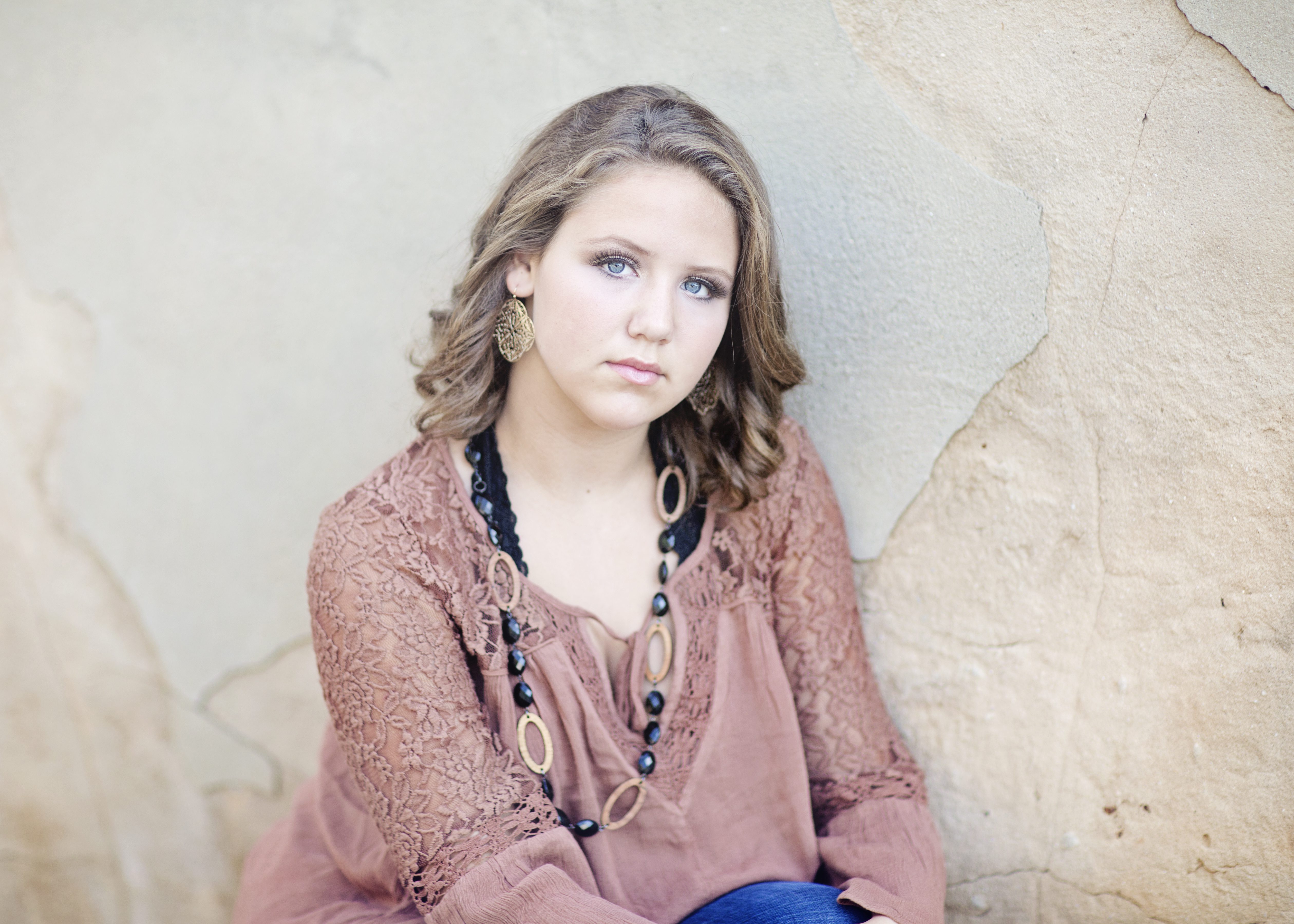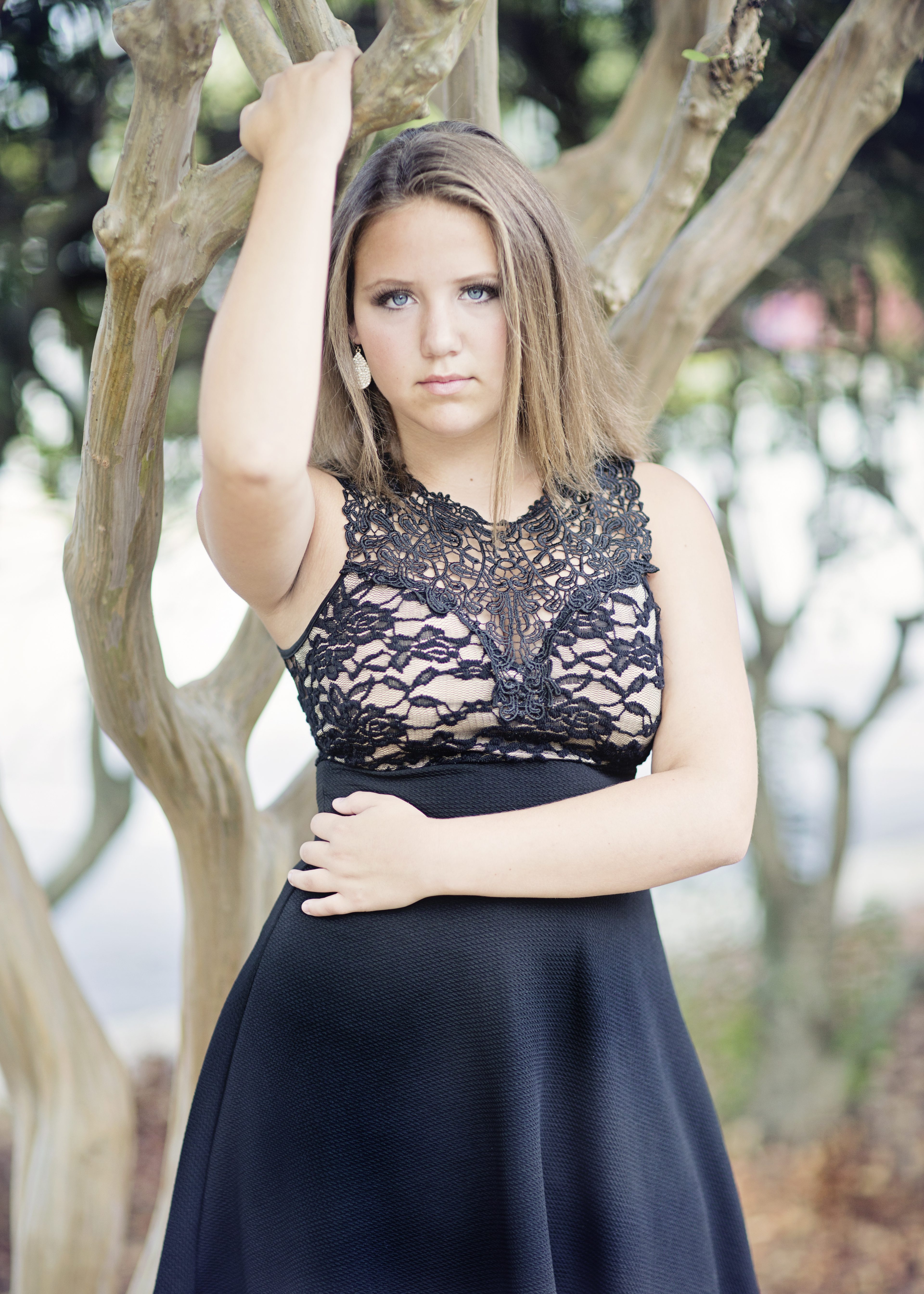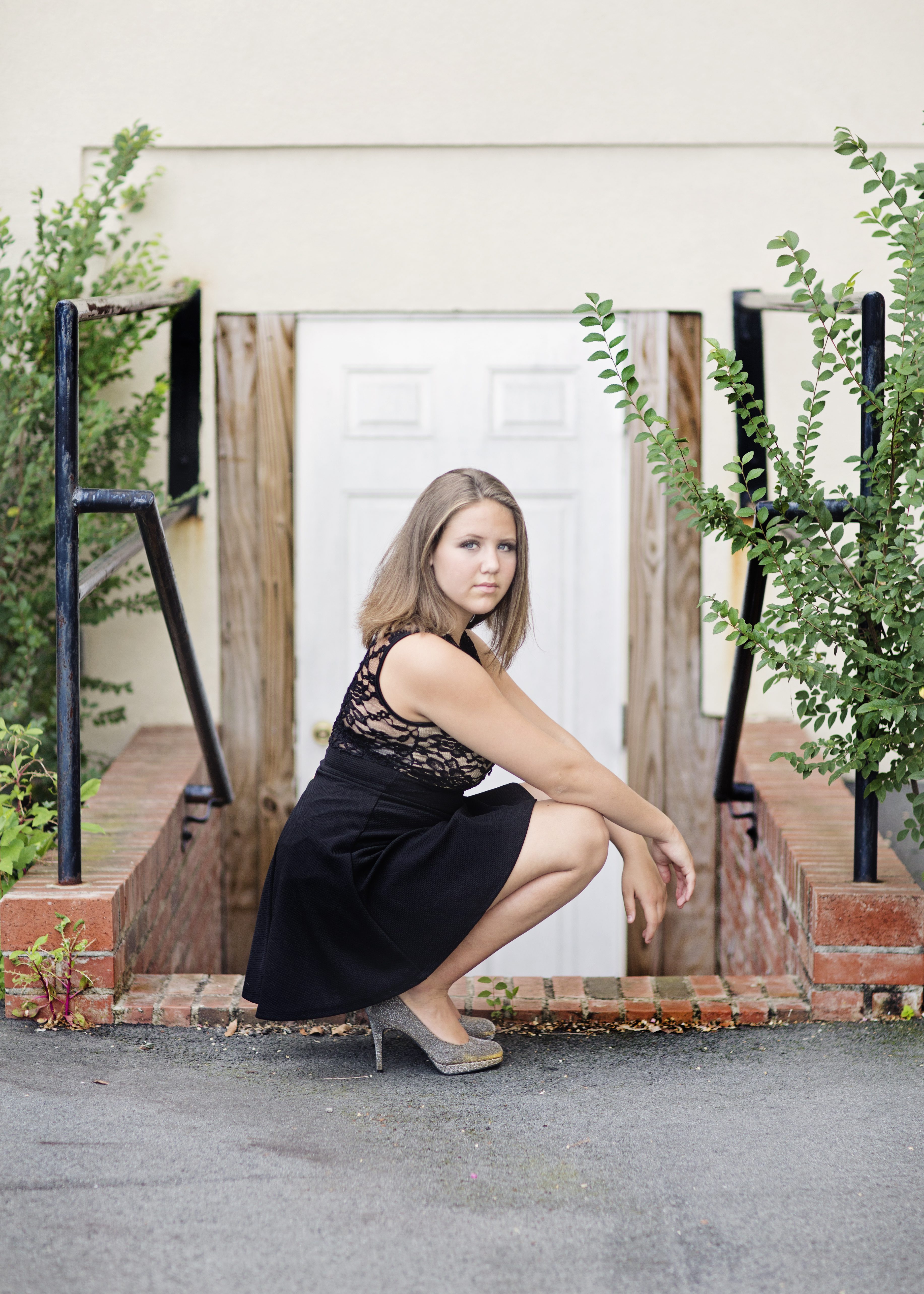Yay, it’s Friday, and we’re back with another edition of our photography tips. If you haven’t seen the others you can find them here and here. Today, we are going to share a few tidbits about the exposure. At the it’s most basic, exposure is the process of capturing light with your camera to produce an image. There is a formula for this, but don’t worry you don’t need to memorize it. It is E=I x T (exposure=intensity x time). For now we’re going to focus on intensity.
Intensity has two names f-stop and aperture. This is confusing at first, but you will always hear both, so learn now that they mean the same thing. Plus you will hear them used interchangeably in the photography world. Camera lenses have an opening (aperture) that determine how much light is let inside. Depending on how big or small you make this opening determines the depth of field in your photos. If you are not sure what I mean by depth of field: this is the portion of your photo that is in focus verses what is not. For example, a landscape photo will have a large depth of field whereas a portrait of a single person can have a small depth of field. Deciding what is in focus and what is not in focus helps to create more powerful images. We shoot with a small depth of field 90% of the time here at the studio, since we are photographing people. The blurred background really makes our subjects pop, and that is what is most important in our kind of photography. But deciding what is right for your image will depend on what you are shooting.
The f-stops term refers to the how big or small the aperture opening is on your camera. Small f-stops like 1.4 to 4 open the aperture wider, which lets in more light and creates a shallow depth of field. Large f-stops 8.0-22.0 decrease the aperture opening, letting in less light and widens your depth of field.
You can easily set your camera to the aperture mode (your camera manual will tell you how to do this if you don’t know what setting this is.), pick an f-stop, and start playing around. In aperture mode the camera will select all the other settings, allowing you to focus on how depth of field effects your images. Just remember, opening the aperture (low f-stops) will allow more light and closing down (high f-stop) will decrease the light. Don’t worry if you don’t get this right away, the more you practice the more you will learn. Also keep in mind, to fully understand f-stop and aperture takes more time than just one blog post. If you really want to learn how to use your camera and get off manual mode forever our Camera Camp would be perfect for you. We will be announcing our next dates very soon.
Now we want to share another beautiful teen. So many of her images were stunning, and it was so hard to choose which to post. We bet you’ll definitely agree. Since we were shooting just one subject the f-stops on these images was low, around 1.8 to 2.4-meaning the aperture was wide open.
